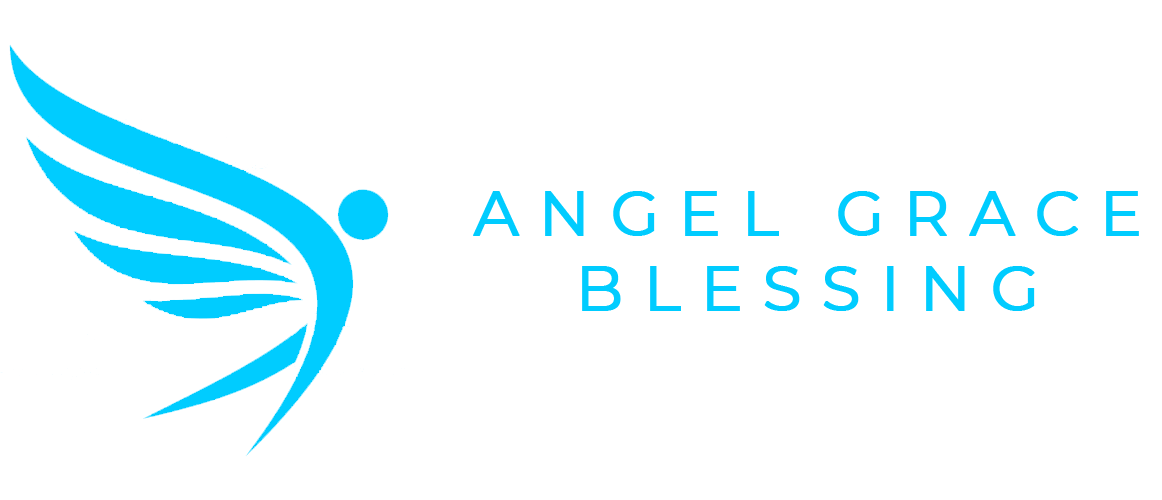Jim Rohn's famous words, “Either you run the day, or the day runs you,” capture a core truth about life: if we don’t actively shape our days, external forces inevitably will. Whether it’s distractions, urgent requests, or a simple lack of direction, a day left unchecked often pulls us in ways that can leave us feeling unaccomplished and unfulfilled. This message isn’t merely about time management; it’s about embracing the role of being the author of your own life. Here’s how to seize that control and ensure each day moves you closer to your goals.
Set Clear Goals to Define Your Day
The first step to running your day is knowing where you want to go. Without clear goals, it’s easy to drift aimlessly, reacting to whatever comes your way. Define your goals clearly and specifically: what do you want to accomplish today, this week, or this month? Your goals should be actionable and measurable, so you can see your progress and stay motivated.
Consider creating a “morning power hour” in which you spend a set amount of time each day on personal development, reflection, and goal-setting. Use this time to review your priorities and reaffirm your direction. By anchoring yourself with purposeful goals, you’re better equipped to approach the day with focus.
Prioritize Tasks Based on Impact
We often confuse activity with productivity. A long to-do list filled with minor tasks can make us feel busy without necessarily moving us forward. Instead, prioritize tasks based on their impact on your long-term goals. Stephen Covey, author of The 7 Habits of Highly Effective People, emphasized the importance of distinguishing between “urgent” and “important” tasks. Urgent tasks demand immediate attention, while important tasks lead you toward your goals.
At the beginning of each day, choose the top three tasks that will make the biggest difference to your goals and start there. This approach ensures that you accomplish the most impactful items first, rather than getting lost in trivial tasks that drain your energy without real progress.
Establish a Morning Routine to Ground Yourself
How you start your day sets the tone for everything that follows. A strong morning routine helps you begin with intention, giving you a greater sense of control from the outset. Ideally, your morning routine should include activities that energize and center you, such as exercise, meditation, reading, or journaling.
Even just 15 minutes of grounding activities can make a noticeable difference in your ability to handle the day’s challenges with calm and focus. This routine also serves as a mental cue, signaling that you are beginning the day with your own agenda in mind.
Cultivate a “Win the Day” Mindset
Achieving daily victories builds the momentum you need to run the day rather than allowing the day to run you. Start each day with the mindset that you will accomplish meaningful tasks, regardless of obstacles. This doesn’t mean every day will be perfect; rather, it’s about prioritizing progress over perfection.
Break down your larger goals into daily actions and celebrate small wins along the way. Over time, this builds confidence and reinforces a productive mindset, helping you tackle increasingly challenging goals with resilience. A “win the day” mindset keeps you committed, focused, and motivated.
Learn to Say No to Distractions
When you’re not actively in control of your day, other people’s demands will easily take over. Running your day means learning to set boundaries and protect your focus. This can be difficult, especially if you’re used to saying yes to every request. However, the ability to say no gracefully is a critical skill.
Before you agree to anything new, consider if it aligns with your goals or will bring you closer to where you want to be. If not, it’s okay to decline or negotiate a different arrangement. By prioritizing your own agenda, you safeguard your time and energy, ensuring you can devote yourself fully to the things that matter most.
Embrace the Power of Scheduling and Time Blocking
Scheduling helps you create a roadmap for the day, turning abstract goals into concrete actions. Time blocking is a technique that involves assigning specific blocks of time to different tasks, which helps reduce decision fatigue and keeps you focused.
For example, if you have a significant project to complete, set aside dedicated blocks of uninterrupted time to work on it. This creates momentum and helps avoid the scattered attention that often arises from multitasking. With time blocking, you’re less likely to let the day slip by in bits and pieces and more likely to accomplish what you set out to do.
Stay Flexible, But Keep Your Focus
While it’s important to plan and control your day, flexibility is equally essential. Unexpected issues will arise, and part of running the day is knowing how to adapt without losing sight of your priorities. If something urgent demands your attention, handle it as efficiently as possible, then return to your plan.
A flexible mindset helps prevent frustration and keeps you resilient in the face of changing circumstances. You’ll feel more in control of the day if you can accept unexpected events as part of the process, rather than seeing them as roadblocks.
Reflect and Adjust for Continuous Improvement
At the end of each day, take a few moments to reflect on what went well and what could be improved. Self-reflection is crucial for personal growth, as it provides insights into patterns that help you better understand how to structure your days. Perhaps you discover that certain times of day are more productive for particular types of work, or that certain habits consistently lead to greater progress.
Use this reflection to make small adjustments that will improve your effectiveness over time. This continuous cycle of planning, acting, and refining creates a powerful system for self-directed improvement.
Recognize That Running Your Day is About Taking Responsibility
Ultimately, running your day means taking full responsibility for your actions, choices, and attitude. When you accept that each day is within your control, you shift from a passive to an active role in your life. Rather than seeing yourself as subject to outside forces, you become the driver, actively making choices that lead to the life you desire.
This responsibility isn’t about achieving constant perfection; it’s about making consistent, intentional efforts that align with your values and aspirations. Through this mindset, you cultivate resilience, discipline, and the inner strength needed to take on challenges with confidence.
In Conclusion
Jim Rohn’s message, “Either you run the day, or the day runs you,” is a reminder of the power that lies within each of us to shape our lives. Running the day isn’t simply a matter of checking off tasks—it’s about taking ownership of your time, goals, and actions. By setting clear goals, prioritizing impactful tasks, establishing routines, and cultivating resilience, you equip yourself to navigate each day with purpose.
Every moment is a chance to step into the role of author and director of your life. Embrace this responsibility, and let each day become a step closer to achieving your fullest potential.


















